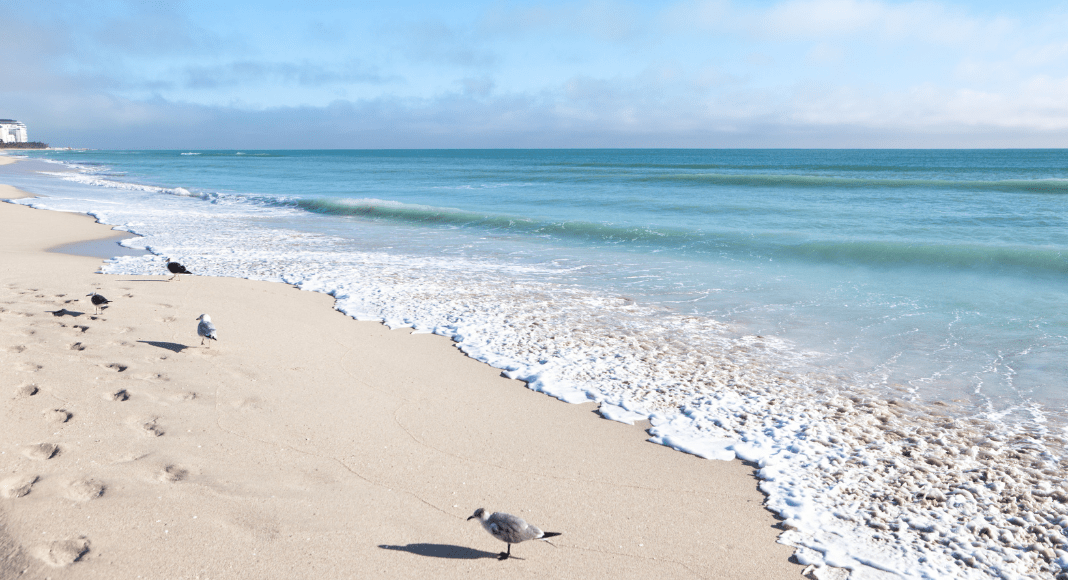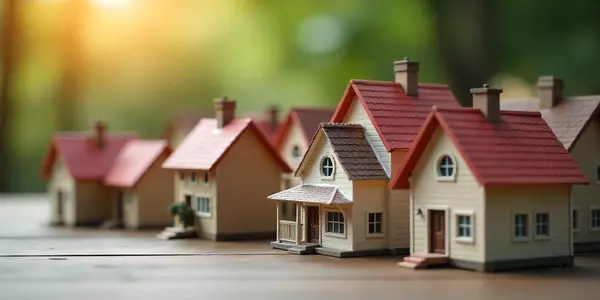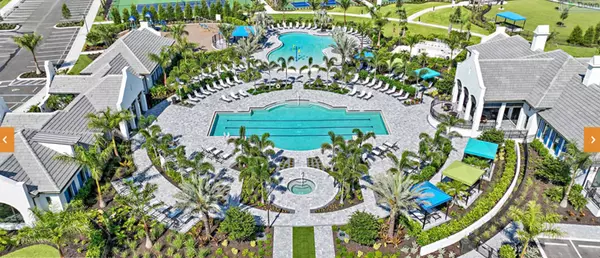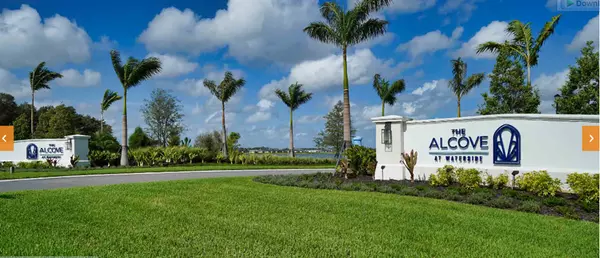Climate Change Impact on Gulf Coast Real Estate

Understanding the Climate Change Impact on Gulf Coast Real Estate
As the effects of climate change become increasingly evident, the Gulf Coast region is facing unique challenges that are reshaping its real estate landscape. From rising sea levels to more frequent and severe weather events, the implications for property values, insurance rates, and investment opportunities are profound. This blog delves into how climate change is influencing real estate in this vibrant area, providing insights for homeowners, investors, and industry professionals alike.
The Rising Tide: Sea Level Rise
One of the most pressing concerns for Gulf Coast real estate is sea level rise. According to the National Oceanic and Atmospheric Administration (NOAA), sea levels along the Gulf Coast have risen significantly over the past century, with projections suggesting an increase of up to 6 feet by 2100 if current trends continue. This poses a direct threat to coastal properties, particularly those situated in low-lying areas.
Homeowners in flood-prone regions are already experiencing decreased property values as potential buyers weigh the risks associated with flooding and storm surges. In response, many local governments are investing in infrastructure improvements aimed at mitigating these risks. However, these efforts can only go so far; properties that were once considered prime real estate may soon be viewed as liabilities.
Increased Frequency of Extreme Weather Events
Climate change has also led to an uptick in extreme weather events such as hurricanes and tropical storms. The Gulf Coast is no stranger to these natural disasters; however, their intensity and frequency have escalated in recent years. As a result, insurance companies are reevaluating their coverage options for properties in high-risk areas.
Higher premiums and stricter underwriting standards are becoming commonplace, making it more challenging for homeowners to secure affordable insurance. For investors, this means a careful assessment of risk versus reward when considering properties in vulnerable locations. The potential for significant financial loss due to storm damage can deter investment in certain areas.
Shifting Buyer Preferences
As awareness of climate change grows, buyer preferences are shifting dramatically. Many prospective homeowners are now prioritizing sustainability and resilience when searching for properties. Features such as elevated construction, energy-efficient designs, and renewable energy sources are becoming increasingly desirable.
Real estate developers are responding by incorporating eco-friendly practices into their projects. From building homes with hurricane-resistant materials to designing communities that promote environmental sustainability, developers are adapting to meet changing consumer demands. This shift not only benefits buyers but also enhances property values as demand for green features continues to rise.
Government Regulations and Incentives
In response to climate change threats, local governments along the Gulf Coast are implementing new regulations aimed at improving resilience against natural disasters. Building codes may become stricter, requiring elevated structures or specific materials designed to withstand severe weather conditions.
Additionally, various federal and state programs offer incentives for homeowners who invest in flood mitigation measures or energy-efficient upgrades. These initiatives can help offset costs associated with retrofitting homes or purchasing new construction that adheres to updated guidelines.
Investment Opportunities Amidst Challenges
While climate change presents significant challenges for Gulf Coast real estate, it also opens doors for innovative investment opportunities. Areas that prioritize sustainability and resilience may attract environmentally-conscious buyers willing to pay a premium for homes that align with their values.
Moreover, emerging markets further inland may see increased interest as buyers seek refuge from coastal vulnerabilities. Properties located outside traditional flood zones could experience a surge in demand as people reconsider their living situations in light of climate risks.
Conclusion: Navigating a Changing Landscape
The impact of climate change on Gulf Coast real estate is undeniable and multifaceted. As rising sea levels threaten coastal properties and extreme weather events become more frequent, homeowners and investors must adapt to this evolving landscape. Understanding these dynamics is crucial for making informed decisions about buying or selling property in the region.
By embracing sustainable practices and staying informed about regulatory changes, stakeholders can navigate these challenges effectively while capitalizing on new opportunities that arise from a shifting market landscape. As we move forward into an uncertain future shaped by climate change, proactive strategies will be essential for ensuring long-term success in Gulf Coast real estate.
Ready to explore all the Gulf Coast lifestyle has to offer? Call or text us today—we’d love to share what makes it so special here and help you find your perfect piece of paradise!
Click here to save our contact info: https://dot.cards/kirkweingarten

Categories
Recent Posts










Contact Us Today

Real Estate Expert | License ID: SL3480387 ,SL347795 ,MA9510605
+1(941) 432-4141 | stacy.weingarten@joinreal.com

